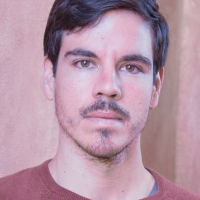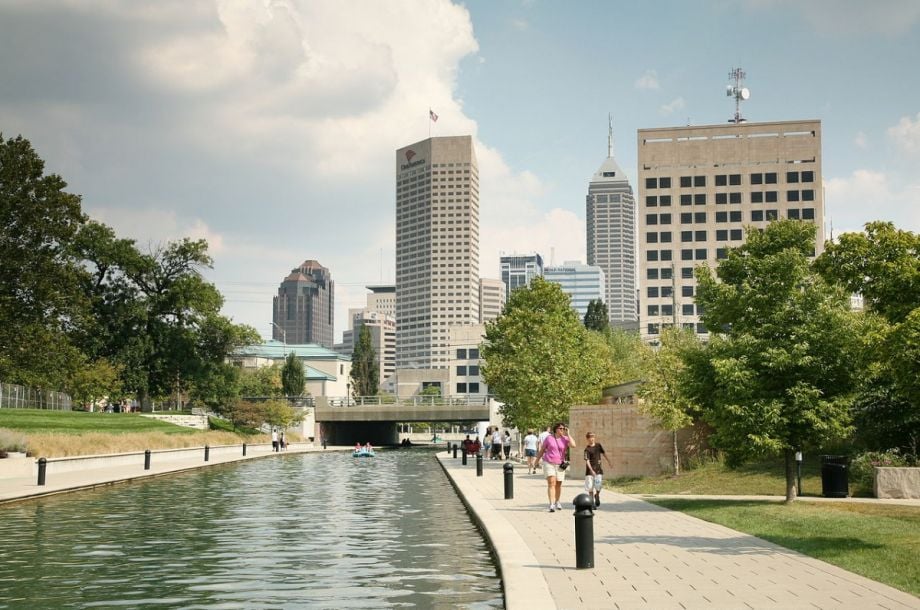President Donald Trump’s 2018 budget plans kick a lot of federal programs to the curb. Among the many casualties in a proposal released two weeks ago: community development block grants. The U.S. Department of Housing and Urban Development distributes the flexible funding, which cities use to help many low- and moderate-income families through projects ranging from affordable housing and job creation to neighborhood stabilization.
The Trump administration, however, says CDBGs have failed to fulfill that mandate. The budget plan describes the HUD program as “not well-targeted to the poorest populations,” and alleges that it “has not demonstrated results.” Cutting CDBGs, it continues, will take the onus for community development off the federal government’s back and hand it down to the state and local level.
Lindsey Richardt, a spokesperson for Indianapolis’ Department of Metropolitan Development, says her office hasn’t seen CDBG funds go to waste. “There’s a small part of it that goes towards some administrative costs,” she says, but most of the $8 million they receive on average each year “goes to help those living in distressed neighborhoods.”
“Whether that’s through economic development, affordable housing, employment training or job training,” she says, “it’s fair to say in Indianapolis that we would disagree” with the president’s negative assessment.
Indianapolis is one of 1,209 local governments and organizations in the U.S. that receive CDBGs. HUD started handing them out in 1974, and since 1975 the city has collected nearly half a billion dollars, although annual funding allotments have continually been on the decline, according to data provided by Richardt. (For more on how CDBGs have steadily decreased, see Next City’s “What Happened to Federal Funding for Community Development?”)
Richardt’s department has a system for making sure these funds follow the general HUD rule. Seventy percent of all CDBG money disbursed nationally has to demonstrably impact the lives of those living under 80 percent of the median income in their area.
In Indianapolis, they start by highlighting neighborhoods that demonstrate the greatest need for outside assistance, like the Near East Side, a high-poverty area where the John H. Boner Community Center will get $20,000 this summer.
Then, they make sure organizations receiving money establish a network of funders that aren’t government-bound. “CDBG is almost never used as the sole source of the project,” says Richardt. In 2016, Indianapolis’ CDBG award totaled $8,211,848, but the community centers and workplace development organizations that shared those funds were able to bring in $8,134,980 in additional investments from philanthropy groups and private funds, essentially doubling HUD’s impact.
Here’s how just a fraction of the money from those two streams goes to work in Indianapolis. In 2016, the John H. Boner Community Center provided 568 youth with afterschool services, taught 601 residents about financial planning (159 participants saw their incomes go up afterward), put 485 individuals within access to affordable housing, and set aside funding to create 100 new jobs, some of which will go to people with barriers to employment like prison records, for community redevelopment projects.
It’s also worth noting that instead of forcing struggling neighborhoods into a dependence on federal funds, CDBG support magnetizes investment and helps communities become more self-sufficient. The CDBG Coalition, a coalition of 20 nonprofit organizations across the U.S., says that each CDBG dollar invested in a community brings in an average of $3.65 in private and public investments to that community.
The Near East Side was one of 12 urban areas nationwide designated by HUD as a “Promise Zone” in 2015. By the end of the first year of that designation, it had received $9.6 million in grants through CDBG funds and seven other federal programs. James Taylor, CEO of the John H. Boner Community Center, said these investments have helped attract more support from new local businesses that want to set up shop in the area. Since 2004 it has collected $180 million in private and public funding to local projects.
The results of these investments — and the stories and numbers behind the lives they changed — are then collected, crunched and communicated back to the federal level. “The city reports to HUD on the progress to date of every project that’s CDBG funded. HUD also audits the city on an annual basis in person,” Richardt says. “In short, they have the data and fully understand where and how the funding is being used.”
It’s not quite clear what data the administration’s Office of Management and Budget is basing its CDBG downgrade on. But in Indianapolis, cutting out the program could mean cutting down the prospects of a neighborhood’s future.
The Equity Factor is made possible with the support of the Surdna Foundation.

Johnny Magdaleno is a journalist, writer and photographer. His writing and photographs have been published by The Guardian, Al Jazeera, NPR, Newsweek, VICE News, the Huffington Post, the Christian Science Monitor and others. He was the 2016-2017 equitable cities fellow at Next City.










